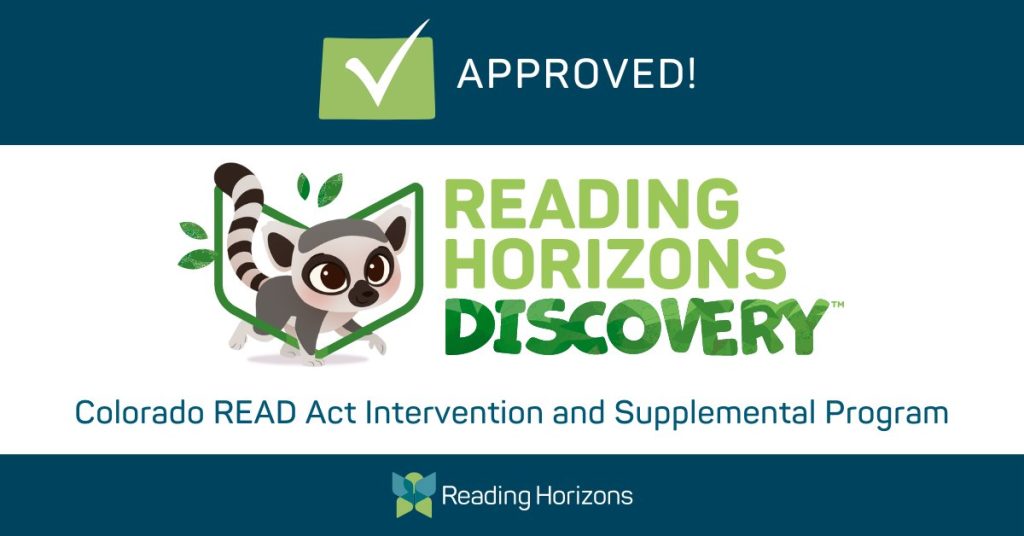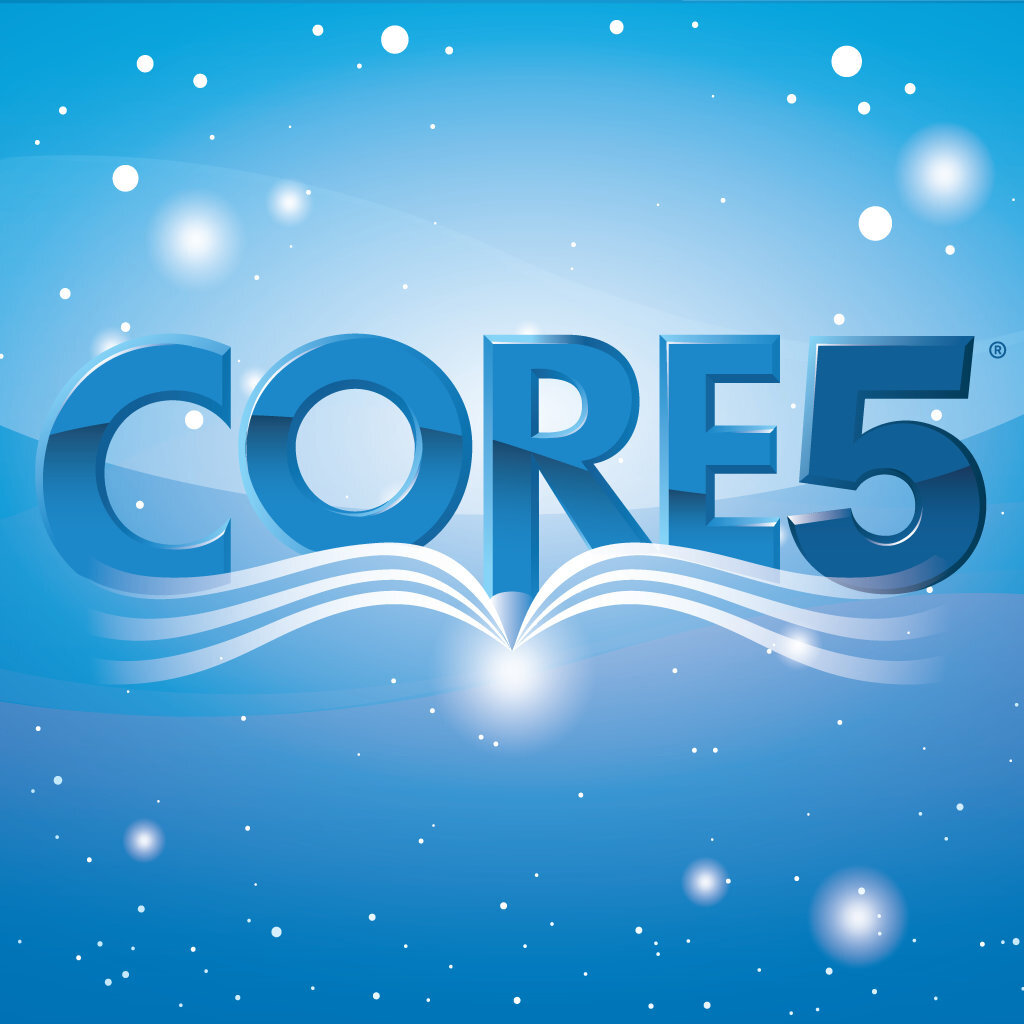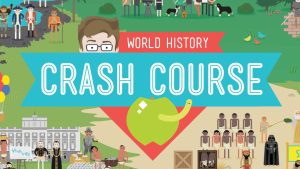Discovering the perfect reading app can be the key to fostering a love of reading and enhancing literacy skills. As a parent looking for helpful tools for your child, a teacher hoping to empower your students, or an adult hoping to hone your reading skills, it’s essential to look around. Let’s examine how these digital tools can turn reading struggles into triumphs!
OGStar
OGStar is a powerful reading app designed for struggling readers, particularly those with dyslexia or other reading difficulties. Built on the Orton-Gillingham approach—a proven multisensory reading methodology—OGStar systematically develops foundational reading skills through engaging activities.
What makes OGStar exceptional is its comprehensive approach to reading instruction. The app breaks down reading into manageable components, teaching phonemic awareness, phonics, vocabulary, fluency, and comprehension sequentially and in a structured way. Each lesson builds upon previous knowledge, ensuring students master fundamental skills before moving to more complex concepts.
Reading Horizons Discovery

Reading Horizons Discovery takes a comprehensive approach to reading instruction that’s particularly effective for struggling readers across multiple age groups. The app implements a systematic phonics method paired with multisensory learning techniques that engage students through sight, sound, and touch.
What distinguishes Reading Horizons Discovery is its research-based methodology, which teaches the 42 sounds of the English language along with the rules and patterns that govern them. Rather than asking students to memorize endless lists of words, the app equips them with decoding strategies they can apply to unfamiliar words throughout their reading lives.
The software includes a proprietary marking system that helps students visualize language patterns, making abstract phonics concepts more concrete. This visual scaffolding is especially beneficial for struggling readers who need additional support to recognize patterns in written language.
Nessy Reading & Spelling
Nessy Reading & Spelling stands out in the crowded field of reading apps through its distinctive, whimsical approach to serious learning. Created specifically for children with dyslexia, this British-developed program combines evidence-based instruction with quirky characters and scenarios that capture children’s imagination.
The program’s foundation is the Orton-Gillingham methodology, delivering structured, sequential phonics instruction through a game-based interface. Nessy is particularly effective because it disguises systematic learning as adventures in “Nessy Land,” where characters guide students through increasingly complex reading challenges.
Nessy offers a home subscription for $10 monthly or $100 annually, with school and district-wide implementation options at volume discounts. The program is designed for children ages 5-12 but can benefit older struggling readers who don’t mind the playful interface.
Night Zookeeper
Night Zookeeper transforms reading and writing development into an imaginative adventure that particularly resonates with reluctant readers and writers. Set in a magical virtual zoo, this app cleverly integrates literacy skill development into creative storytelling and world-building activities.
Teachers and parents appreciate how Night Zookeeper addresses vocabulary development through gamified word challenges that introduce new terms in context. The app’s adaptive technology recognizes when a child repeatedly struggles with specific vocabulary or concepts and provides additional practice opportunities.
Night Zookeeper offers a 7-day free trial with subscriptions at $7.99 monthly or $69.99 annually. The higher tiers include personalized feedback from qualified teachers on children’s writing, adding valuable human guidance to the digital experience.
Teach Your Monster
Teach Your Monster transforms early reading instruction into a delightful adventure that hooks even the most reluctant young learners. Developed by the Usborne Foundation, this app cleverly disguises systematic phonics instruction in an immersive game environment where children create and guide a friendly monster through reading challenges.
What makes Teach Your Monster particularly effective is integrating foundational reading skills—letter recognition, phonemic awareness, blending, and sight word recognition—into gameplay that never feels like traditional instruction. Children are so engaged in helping their monsters navigate colorful worlds that they often don’t realize they’re working through a structured reading curriculum.
Teach Your Monster stands out for its accessibility. The free version, “Teach Your Monster to Read,” covers the entire early reading curriculum and is free on web browsers (with a nominal fee for the mobile app). The newer “Teach Your Monster Reading Fun” expands the adventure with additional games focused on fluency and comprehension skills for a monthly subscription of $4.99.
Lexia Core5

Lexia Core5 represents the gold standard in comprehensive digital reading instruction for struggling readers. Used in thousands of school districts nationwide, this research-validated program delivers systematic, personalized instruction across the five key areas of reading: phonological awareness, phonics, fluency, vocabulary, and comprehension.
What distinguishes Lexia Core5 is its sophisticated adaptive learning system. After an initial assessment places students at their appropriate starting level, the program continuously analyzes performance data—not just correct/incorrect responses but also response time and pattern recognition—to adjust instruction in real-time. This ensures that students receive precisely the right level of challenge and support.
The program works across devices and includes offline components that reinforce digital learning, providing the consistent, structured support that struggling readers need to make substantial progress.
IXL Program for Struggling Readers
IXL’s reading program offers a comprehensive approach for struggling readers that extends beyond most apps by integrating assessment, instruction, and practice into a cohesive system. While not exclusively designed for reading difficulties, IXL’s detailed skill breakdown and mastery-based approach make it particularly valuable for identifying and addressing specific reading challenges.
IXL organizes reading skills into a clear progression from pre-K through high school, allowing struggling readers to build foundational skills regardless of age or grade. Each skill includes instructional guidance followed by adaptive practice that increases or decreases in difficulty based on performance.
How Do You Get Struggling Readers to Read?
Engaging struggling readers with text requires strategy and sensitivity. The most effective approach combines access to appropriate materials, consistent support, and a positive atmosphere around reading.
First, match readers with texts at their instructional level. When students constantly encounter too difficult, reading becomes an exercise of frustration rather than enjoyment. Use the “five-finger rule”—if a child encounters more than five unknown words on a page, the text is likely too challenging for independent reading.
Leverage high-interest topics to overcome resistance. A child who struggles with reading mechanics but loves dinosaurs will often push through difficulties when reading about paleontology. The motivation derived from genuine interest can override the frustration of decoding challenges.
Create regular, short reading sessions rather than marathon efforts. Even 10-15 minutes of daily reading practice for severely reluctant readers can build stamina and skills without triggering resistance. Gradually extend these sessions as confidence grows.
Incorporate technology thoughtfully. The apps discussed in this article can make reading practice more engaging while providing the structured support that struggling readers need. Digital tools also remove the social stigma sometimes associated with reading simpler texts, as the screen doesn’t broadcast reading levels to peers.
Model reading enjoyment yourself. Children who see adults in their lives reading for pleasure internalize the message that reading is valuable and worthwhile. Share interesting facts or funny moments from your reading to spark curiosity.
Finally, celebrate progress, no matter how incremental. A child who consistently recognizes five new sight words weekly is making meaningful progress, even if grade-level benchmarks seem distant. Acknowledging these small victories builds the confidence necessary for continued effort.
What is the Best Reading Intervention for Struggling Readers?

The most effective reading intervention for struggling readers combines systematic, explicit instruction with consistent practice and emotional support. Research consistently shows that structured literacy approaches—methodically teaching the relationships between sounds and symbols—yield the strongest results for struggling readers.
Orton-Gillingham-based methodologies have demonstrated particular effectiveness for students with reading difficulties. These approaches teach reading through multisensory techniques that simultaneously engage visual, auditory, and kinesthetic pathways. This multimodal instruction helps struggling readers form stronger neural connections for processing written language.
Effective interventions must be both intensive and extensive. Short, frequent sessions (20-30 minutes daily) typically produce better results than longer, less frequent sessions. This regularity helps struggling readers build automaticity without becoming overwhelmed or fatigued.
Personalization is crucial for intervention success. The right approach depends on the specific nature of a student’s reading difficulty.
Conclusion
The journey from struggling to skilled reader isn’t straight, but progress is possible with the right tools and support. Today’s reading apps offer unprecedented opportunities to provide personalized, engaging instruction that meets readers exactly where they are.
Whether you’re supporting a child with dyslexia, a student who’s fallen behind, or working on your reading skills, the key is consistency and finding the right match between learning needs and app features. The most sophisticated app will only help if used regularly and addresses the specific challenges.
ALSO READ: Side Hustles for Social Workers
FAQs
Most apps in this article offer content for elementary-aged children (K-6), though several, like Reading Horizons and Lexia Core5, extend into middle school and beyond. Some apps, like Nessy and Teach Your Monster, offer specific programs designed for older students who need foundational reading support.
Quality matters more than quantity. Most reading specialists recommend 15-30 minutes of daily app use, depending on the child’s age and attention span. Consistent short sessions typically yield better results than sporadic longer ones.
These apps work best as supplements to, not replacements for, quality reading instruction. They provide valuable practice and reinforcement of skills taught by teachers or tutors. The combination of human instruction and technological support creates an optimal learning environment.
Look for both quantitative and qualitative indicators. Effective apps provide progress data showing skill advancement but equally significant changes in attitude—increased confidence, willingness to attempt reading, and enjoyment of the process. If you don’t see positive changes in metrics or motivation after 4-6 weeks of consistent use, consider trying a different approach.
Some free apps, like the basic version of Teach Your Monster, offer quality instruction that can genuinely help struggling readers. However, subscription-based programs typically provide more comprehensive assessment, personalized learning paths, and detailed progress monitoring—features that prove particularly valuable for readers with significant challenges.




